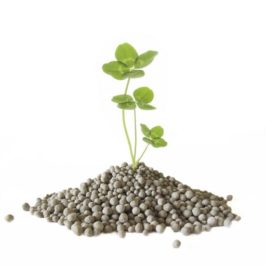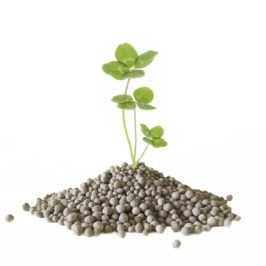Continued from 27 July 2015
Parts 1 and 2 covered the fundamental choices surrounding the direct application of mined Phosphate rock, (RPR and Guano), as sources of farm Phosphorous, (P).
Early in the history of New Zealand farm development, P was identified as a major limiting factor in pasture growth and over generations Super phosphate was successfully used to increase farm productivity. I suspect that Super phosphate became the P fertiliser of choice because it was water soluble and therefore, (from a purely chemistry point of view), seen as the only readily plant available P on the market.
Super is one of the water soluble forms of chemically treated Phosphate rock that are available. These products fall under the general umbrella terminology of “high analysis” fertiliser. With the Super phosphate family of fertilisers, the phosphate rock has been treated with Sulphuric acid, (acidulated), making the P water soluble. When Phosphoric acid is used in the process, it increases the percentage of P in the final product.
Super is quite acidic with a typical pH of 2.7 or below. It is generally accepted that a very large proportion of the soluble P in Super will react with other soil minerals such as Aluminium, Iron and Calcium within a few weeks after application and the P becomes insoluble again. Although I’ve seen no science to support it, I believe that a large portion of the soluble P in Super, chemically reacts with the significant quantities of limestone chip that have remained in the upper layer of the top soil for years after being applied as Ag-lime. Although claims are made that “Super doesn’t acidify soil”, clearly applying a strongly acidic material, (pH 2.7 or below), to a soil with a pH of say 5.7 obviously must reduce soil pH. Mono-Ammonium Phosphate, (MAP), and Di-Ammonium Phosphate, (DAP), are the other common forms of high analysis P fertiliser available to farmers. In the manufacturing process of these products, the Phosphate rock is “ammoniated”. With MAP one molecule of Ammonia is combined with one molecule of Phosphate, and with DAP two molecules of Ammonia are combined with one molecule of Phosphate. Because Ammonia, (NH4), is a combination of Nitrogen and Hydrogen, the Ammonia portion of these products is supplying plant available Nitrogen along with Phosphorous. To offset the acidity created by 1 ton of MAP or DAP, as a rule of thumb, an application of 600kg of Ag-lime is required.
To be continued…
Andrew de Lautour. PFP Fertilisers Ltd. ©
For further information or a sample pack phone us on (06) 8585235


